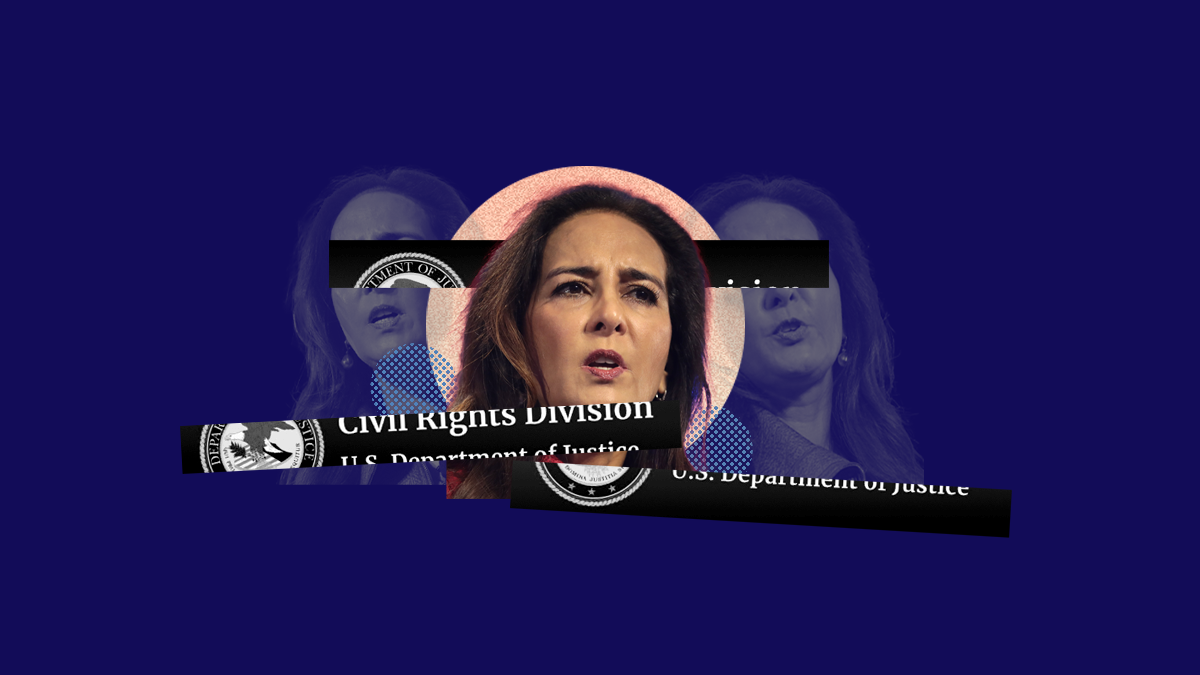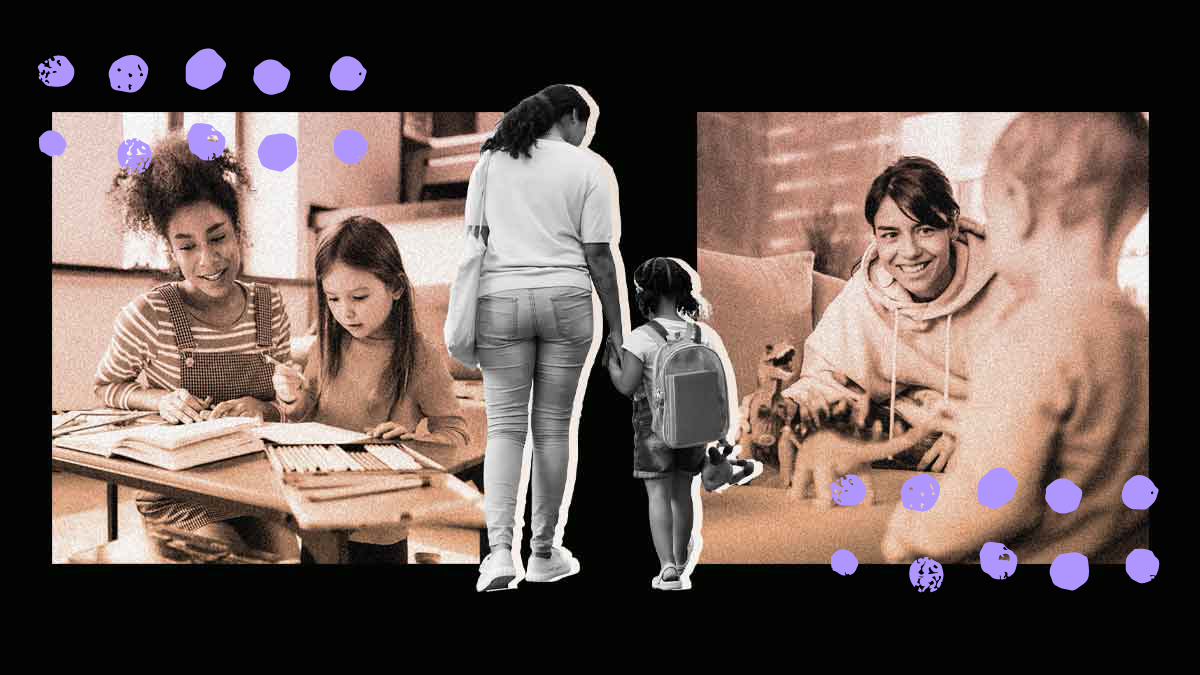Abortion rights, women of color, and LGBTQIA+ people are under attack. Pledge to join us in fighting for gender justice.
Analysis: At Least $9.6 Billion Needed Each Month to Preserve Child Care System Nationwide Through Pandemic
(Washington, D.C.) The child care system needs at least $9.6 billion each month in public funding during the pandemic to provide emergency relief and avoid permanent closures of child care providers and economic destabilization, according to a new analysis from the National Women’s Law Center, the Center for Law and Social Policy (CLASP), and former Council of Economic Advisers senior economist for labor under Presidents Barack Obama and Donald Trump Aaron Sojourner.
With these funds, child care providers could meet the higher operational costs associated with safely providing emergency care due to smaller class sizes, increased staffing costs, new hygiene measures, and rising costs of supplies. Furthermore, these funds would ensure that many more child care providers that have lost revenue due to forced closures or significantly reduced enrollment can reopen at full capacity when parents start going back to work.
This analysis estimates that emergency and relief funds would cover the cost of providing care for roughly 6 million children with parents in essential industries who need emergency care and sustain more than 350,000 center-based child care programs and home-based providers across the country, regardless of their operating status during the pandemic.
Rebecca Ullrich, Senior Policy Analyst for Child Care & Early Education at CLASP, offered the following statement:
“Our estimates show that $50 billion is actually far less than what the system needs if the crisis lasts longer than a few months. As public health experts and economists warn of a prolonged crisis—one that’s impact will be felt for a generation—Congress must take bold, decisive action so child care providers can remain in business and parents can get back to work when the crisis is over.”
Catherine White, Director of Child Care & Early Learning at the National Women’s Law Center, offered the following statement:
“The economic strength of families nationwide rests on the backs of this marginalized and underpaid workforce. If Congress allows child care providers to close, the ability of the entire nation to survive from these overlapping crises will gravely suffer. Affordable, high-quality child care has always been the unsung backbone of our economy, and how working families rebound from this dire time will depend greatly on how we support these vital workers.”
Aaron Sojourner, labor economist at University of Minnesota’s Carlson School of Management and former senior economist for labor at the White House Council of Economic Advisers under Presidents Obama and Trump offered the following statement:
“Child care providers survive on thin margins and the coronavirus economic crisis squeezes them between falling demand and increased difficulty delivering services, threatening to push many out of existence. Unlike most other small businesses, each failed care provider can directly prevent many workers’ return to employment. We need some of the sector’s capacity to provide emergency care to essential workers now and the rest kept restart-ready to support Americans’ return to work when it becomes safely possible.”
Last month, nearly 500 national and state organizations called on policymakers to provide at least $50 billion in immediate support for the child care sector. According to the analysis, at least $9.6 billion per month is needed to sustain the nation’s child care system and ensure a speedy and equitable economic recovery, meaning that $50 billion will sustain the sector for little more than 5 months.
The Coronavirus Aid, Relief, and Economic Security Act, or CARES Act—passed by Congress and signed by the President on March 27—provided only $3.5 billion in funding through the Child Care and Development Block Grant program.
The complete report, including the methodology and technical appendix, is available here.
About CLASP: The Center for Law and Social Policy (CLASP) is a national, nonpartisan, anti-poverty organization advancing policy solutions for people with low incomes. CLASP’s solutions directly address the barriers people face because of their race, ethnicity, and immigration status.




